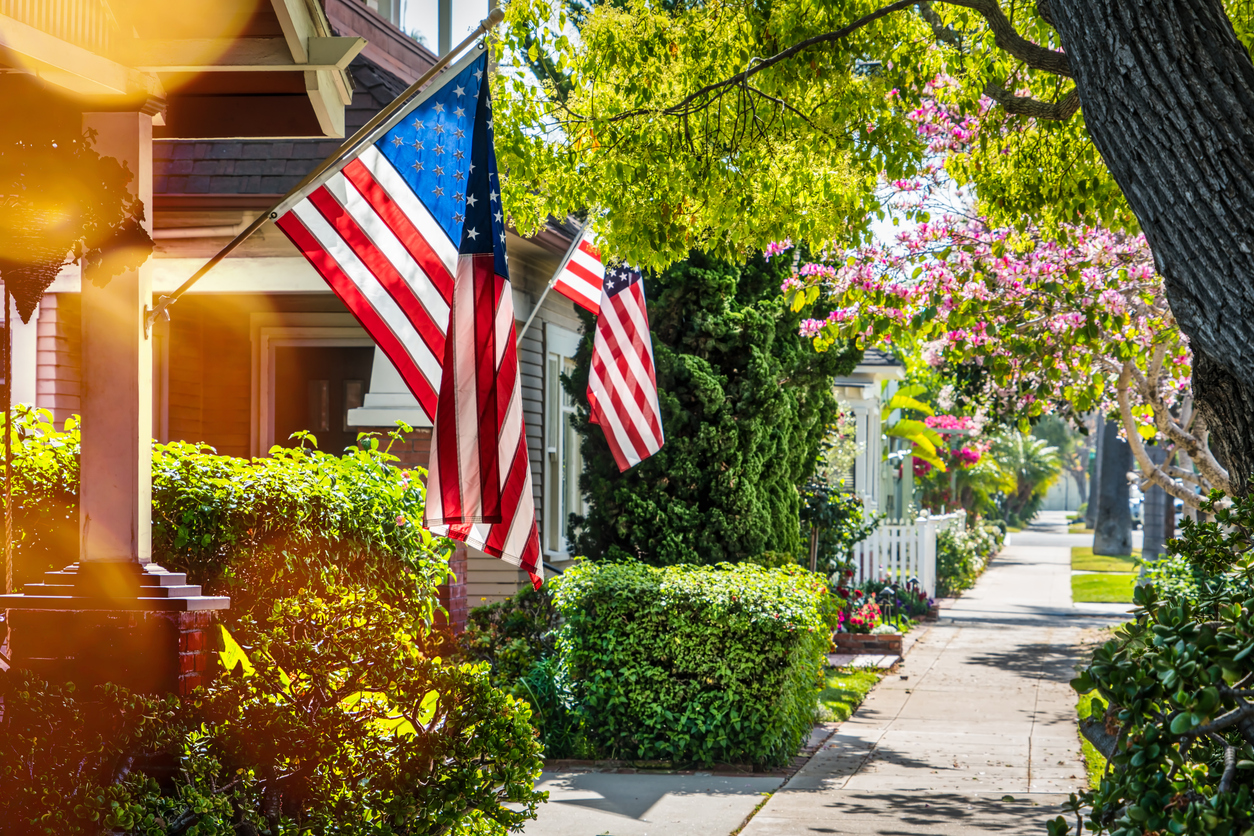
Every year on November 11, our country pauses to honor the men and women who have served in uniform. But how did this day begin, and what makes it different from other military observances?
A moment rooted in world history
November 11 was originally known as Armistice Day. It marked the armistice that ended World War I on the eleventh hour of the eleventh day of the eleventh month in 1918. The guns finally went silent, and the modern era of veteran commemoration began.
In 1954, after World War II and the Korean War, Congress officially changed Armistice Day to Veterans Day to honor all who served. This includes service in times of war and peace, across every generation.
Veterans Day vs Memorial Day vs Armed Forces Day
These observances are often confused, but they each recognize something specific.
| Observance | When it’s observed | Who it honors |
| Memorial Day | Last Monday in May | Those who died in service to our nation |
| Armed Forces Day | Third Saturday in May | Those currently serving in the U.S. military |
| Veterans Day | November 11 | All who have served, past and present |
Veterans Day is a chance to thank the veterans around us for their service and their continued presence in our communities.
Why this day still matters
Veterans Day is more than a date. It’s a reminder that when military service ends, the journey does not. The transition home, the reintegration process, the need for timely care, meaningful purpose, and a strong support network continue long after the uniform is hung up.
Want to learn more?
Mission Roll Call University (MRCU) has a short video that walks through the history of Veterans Day and why this date has endured in our national story.
This Veterans Day, take a moment to thank a veteran in your life. A simple message of gratitude can mean more than you know. To all those who’ve answered the call, past and present, thank you for your service.